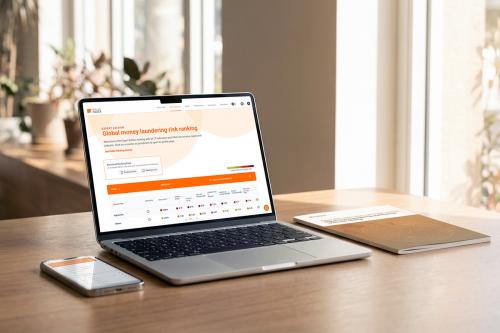High Level Reporting Mechanism update
The High Level Reporting Mechanism (HLRM) has received increased attention in recent months, making it worthwhile to take stock of developments surrounding the tool as well as supporting items for their implementation. Developed by the Basel Institute on Governance in cooperation with the Organisation for Economic Co-operation and Development (OECD) and Transparency International, and promoted during the 2012 G20, the HLRM seeks to address corruption from the ‘demand’ side, essentially solicitation and extortion of companies from public officials. Since then, versions of the tool have been in operation in both Colombia and Ukraine, and now, and as of March 2016, and HLRM has also been introduced in Panama.
The HLRM takes a multi-stakeholder approach to develop an institutional framework for the efficient resolution of complaints raised by businesses in cases of unfair treatment. From these activities, the HLRM seeks to build confidence from the business community, the public and other stakeholders at large, in areas such as procurement, licensing and other activities at the interface of business and government interaction, promoting increased efficiency and transparency. To ensure that gains are recognised more broadly, the HLRM can include regular reporting to stakeholders on outcomes. In addition, the HLRM can serve as a vehicle for long-term change by identifying systematic regulatory risks.
In recent activity, promotion of the HLRM remains at the front of the agenda in the G20/B20 process. The 2015 B20 in Turkey included among its final recommendations that the G20 “continue to develop and promote the concept of high level reporting mechanisms.” For the Basel Institute, which took part in the B20 Turkey Anti-Corruption Task Force, the HLRM has been an area of focus in 2015 and will remain as such over the coming years. In August 2015 the Basel Institute published a working paper on the B20 Collective Action Hub analysing the initial experiences with HLRMs in Colombia and Ukraine. This first step towards analysis and review of the tool will provide insights moving forward for parties interested in adapting the HLRM in other national contexts. In addition, a policy guide for governments interested in conducting HLRMs was produced.
The latest introduction of an HLRM, in Panama, also reflects its expanding uptake in recent years. The HLRM in Panama will focus specifically on the health sector and the procurement of medical equipment, with an official start date slated for May 2016. The Basel Institute, through experts from the International Centre for Collective Action (ICCA), worked closely with local stakeholders from government, business and civil society within Panama in order to find solutions most suited to the specificities of the Panamanian context. This latest practical iteration of the tool should provide further examples and material for inspiration, lessons learned and knowledge transfer for stakeholders in other jurisdictions interested in pursuing HLRMs as a tool to promote integrity in the business environment.



